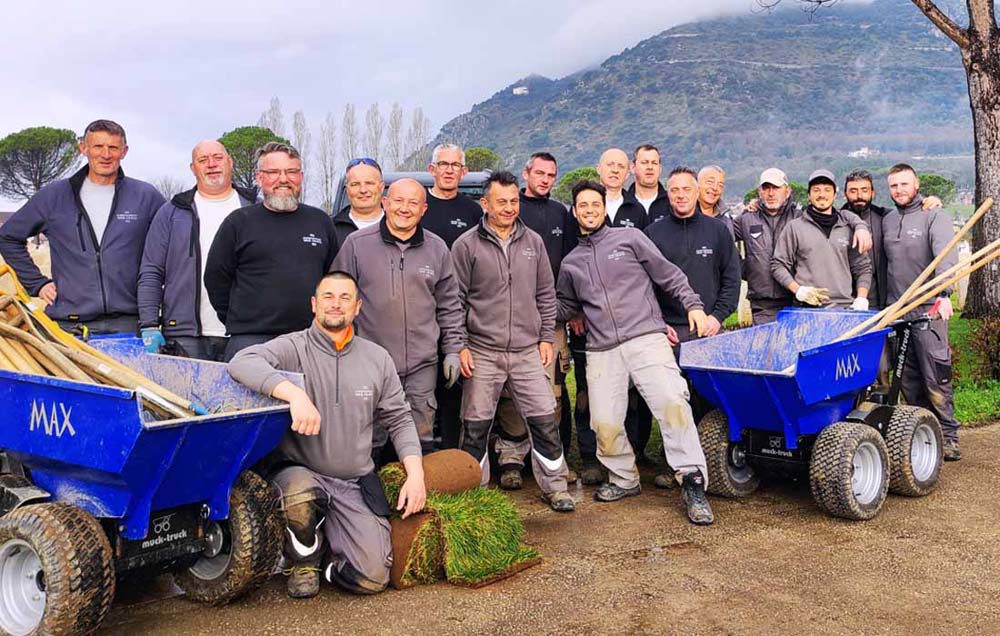07 May 2024
Caring for Cassino: Keeping the Legacy of Liberation alive in Italy
Cassino War Cemetery is one of the most beautiful CWGC sites in the world. We chatted to Cassino Head Gardener Carlo Castiglia about what it takes to care for this unique war cemetery.
Caring for Cassino War Cemetery
Head Gardener Carlo Castiglia
Carlo heads up the team caring for Cassino War Cemetery. Carlo has been with Commonwealth War Graves for nearly three decades. In that time, Carlo has built up a wealth of expertise and experiences that help him and his team keep the sites in their charge in stunning condition.

Image: Cassino Head Gardener Carlo Castiglia
Hi Carlo, can you please tell us a little bit about yourself and what you enjoy about working at Cassino War Cemetery? Do you have a personal connection to the site?
“Hello, my name is Carlo Castiglia. I’m the Head Gardener here at Cassino War Cemetery. I’ve worked for the Commonwealth War Graves Commission for 29 years.
“I enjoy being in contact with the public, to be honest, because we see a lot of visitors. Each visitor has a story, especially those that have stories from their grandfathers or veterans that were here at Cassino.
"To be honest, I enjoy my work because it reminds me of my grandfather.
“He was here during the war. He was with the Royal Engineers when he met my grandmother, who was a local girl from Cassino. Then they went to live in the UK. My mother used to come over here on holidays where she met my dad. It’s like a family thing, you see.
“Whenever we have visitors coming over, they have stories about Monte Cassino and the war, and they remind me of the stories my grandfather used to tell me about the war.”
Lovely! It’s always brilliant to hear about our staff’s personal connections to our sites and their work. Carlo, in your time here, have you had any memorable encounters with visitors to Cassino War Cemetery?
“Her name was Val. I’d known her for 29 years, all the years I’ve been working here.
“Every year she used to come to see her father, who is buried here. It was really touching because she wasn’t really well in her health as the years went on, so when she used to see me she’d say, ‘I’ll be back next year’.
“It was really touching to wait for her every year.”
That is a beautiful story. It’s our visitors' links to those we commemorate that add to the mystique of CWGC war cemeteries and memorials. Carlo, is there anything else that makes Cassino War Cemetery special for you?
“Personally, I think the special thing about the cemetery is when you walk in you can see the monastery behind you as soon as you walk you can see Cassino Abbey.
“Plus, we have the Memorial, where all the lost soldiers of all the battles of Italy, not just at Cassino.”
And finally, what challenges are you and the team facing at Cassino War Cemetery?
“One of our biggest challenges is to keep the borders weed-free. It’s not easy because we’re not using pesticides anymore. Me and my colleagues have to try and dig up the weeds.
“We have a look round the cemetery, as you can see it’s a really big site, so in the morning we have a look round to see which borders have more work that means to be done and try to pull all the weeds out.”
Well, the results speak for themselves. Thanks for speaking to us Carlo and thank you and your team for their incredible work!
See how we marked the 80th anniversary of Monte Cassino around the world.
Renovating Cassino War Cemetery
Throughout 2023, Cassino War Cemetery underwent a comprehensive horticultural restoration, headed up by Senior Head Gardener South, Adriano Bisogno, leading a team of Italian and Belgian CWGC horticulturalists.
CWGC sites are susceptible to the effects of climate change.
Under the terms of our Royal Charter, the Commonwealth War Graves Commission is charged with caring for these sites in perpetuity, so long-term sustainability is at the forefront of renovation and horticulture.
Starting with a detailed soil study, as well as looking at the plant species found in Cassino War Cemetery, the works took place in two phases: one in March 2023 and the other the following September.
Border plants were removed, as well as persistent weeds and even wild garlic varieties that grow among the headstones, and borders were narrowed.
The soil structure was also improved and many of the new plants now blooming at Cassino, are drought-resistant.
All of these changes should help keep Cassino War Cemetery looking immaculate for years to come while resisting the negative effects of climate change.
Cassino War Cemetery’s renovation also allowed us to put into practice learnings from other sites in Italy and elsewhere.
For instance, large-scale CWGC propagation projects are using local plant varieties more resilient to adverse climatic conditions. Small plant nurseries are being created in our cemeteries.
In Cassino’s case, all of the gazanias used for the cemetery’s horticultural refresh were grown In July by CWGC gardeners Carlo and Mario at Minturno War Cemetery.
Commonwealth War Graves is looking to establish a green circular economy amongst different sites worldwide as part of our long-term sustainability goals.
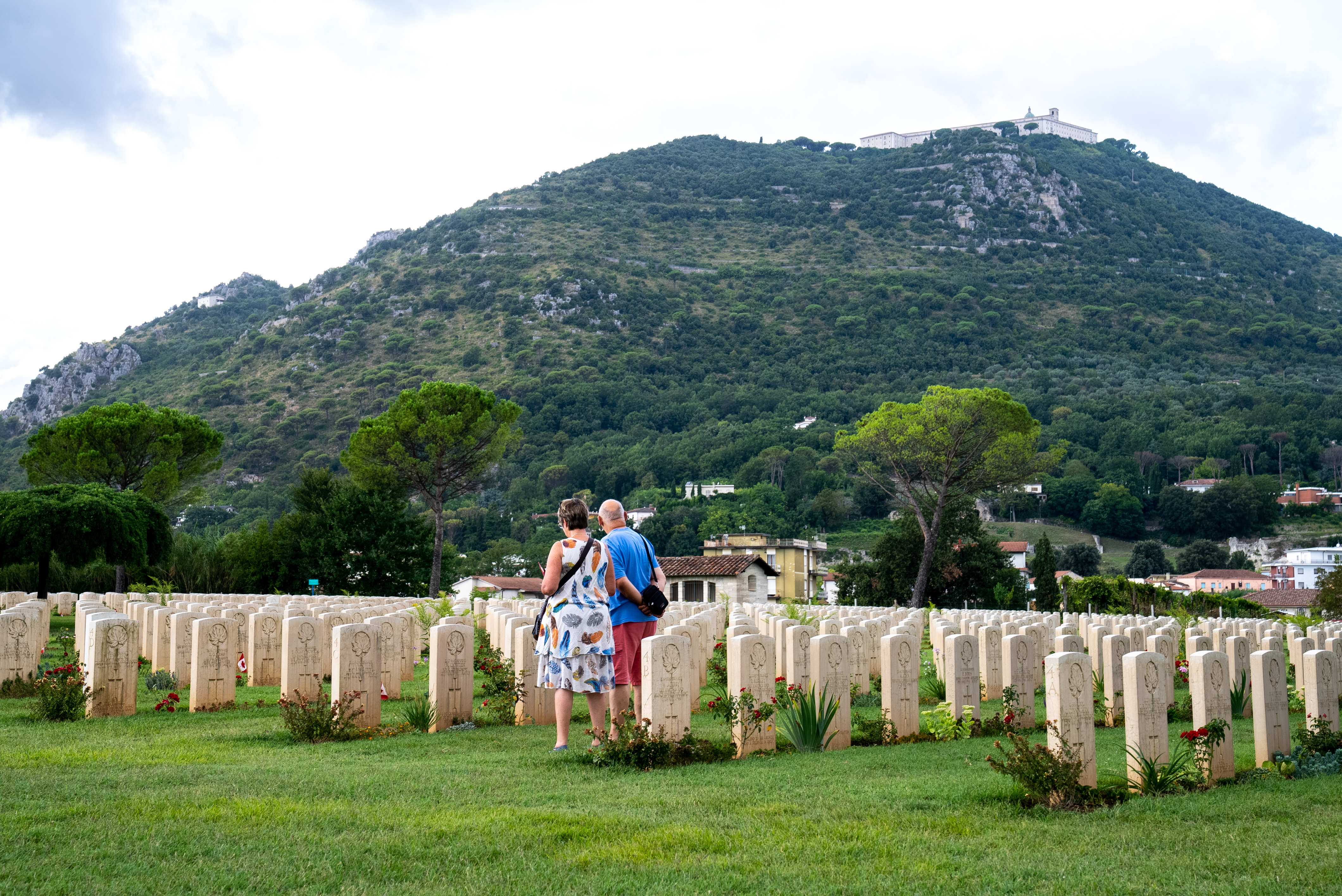
Cassino War Cemetery
The site for Cassino War Cemetery was originally chosen in January 1944 but the state of the war in Italy and heavy fighting made it impossible to use.
In World War 2, Monte Cassino saw some of the fiercest fighting of the Italian Campaign. For five months, the Allies tried to dislodge the Wehrmacht from the peak, taking heavy casualties. But by the end of May, Polish flags flew from Monte Cassino as the Allies celebrated victory.
The majority of those buried in Cassino War Cemetery fell in the battle to take the mountain. There are over 4,200 Second World War burials at Cassino War Cemetery, over 280 of which are unidentified.
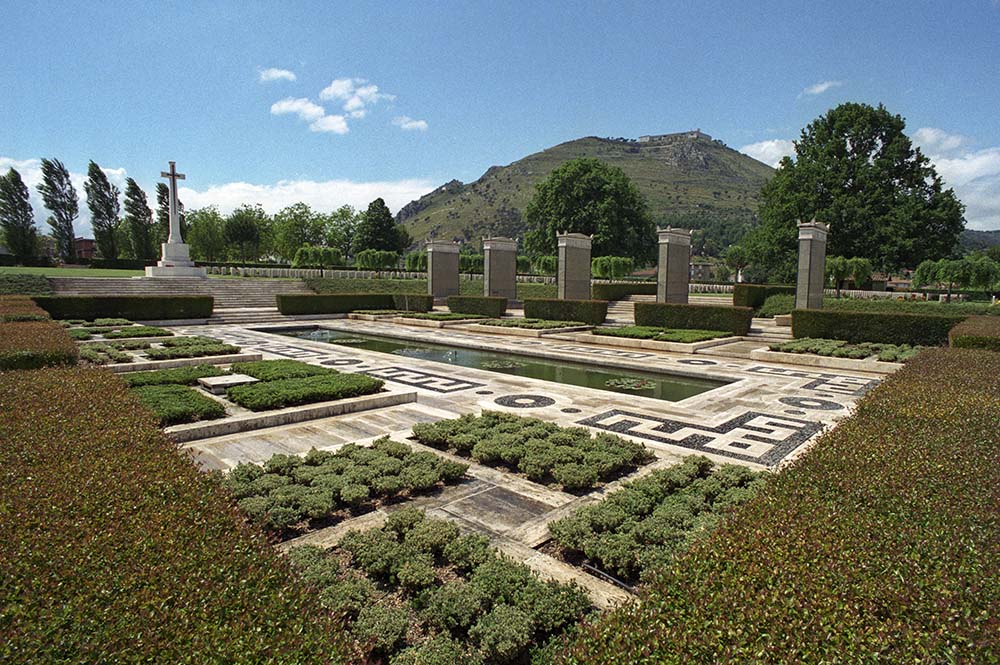
Cassino Memorial
Within the grounds of Cassino War Cemetery lies the Cassino Memorial.
The memorial commemorates by name some 4,000 officers and enlisted men who died during the Italian Campaign but have no war grave.
Both the Memorial and War Cemetery at Cassino were designed by Louis de Soissons. Louis became one the prime architects of CWGC sites in Greece and Italy during and after the Second World War.
Louis’ designs clearly show the hallmarks of classical architecture. The Cassino Memorial, for instance, features a reflective pool, flanked by an intricate mosaic design.
Louis experienced personal tragedy during the Second World War. His son, Philip, was killed on 23 May 1941 aboard the HMS Fiji when it was sunk off the coast of Crete in May 1941.

Lighting their Legacy
Across the UK, May & June
Discover our national programme of events and inspire the next generation.
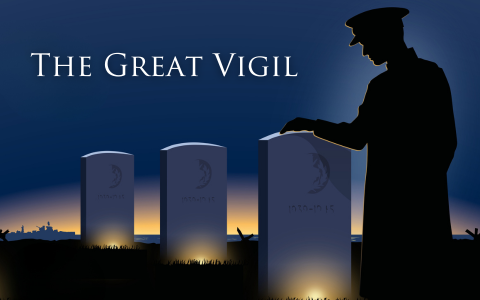
The Great Vigil
Normandy, 5 June
Join the culmination of our D-Day events as we illuminate every CWGC grave in Normandy.
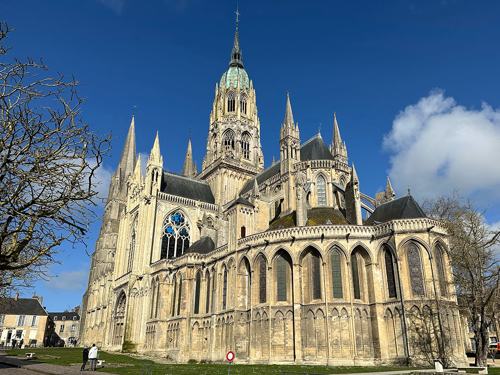
DISCOVER OUR 80TH ANNIVERSARY WW2 EVENTS
We're holding a number of events across the UK and in Normandy in the build up to the 80th anniversary of D-Day. Find out more about what we're planning and discover how you can get involved.
Find out more





